Samsung Galaxy Note 20 vs. Galaxy Note 9: Should you upgrade?
The Galaxy Note 20 has some obvious improvements over the Note 9 — but also a very high price
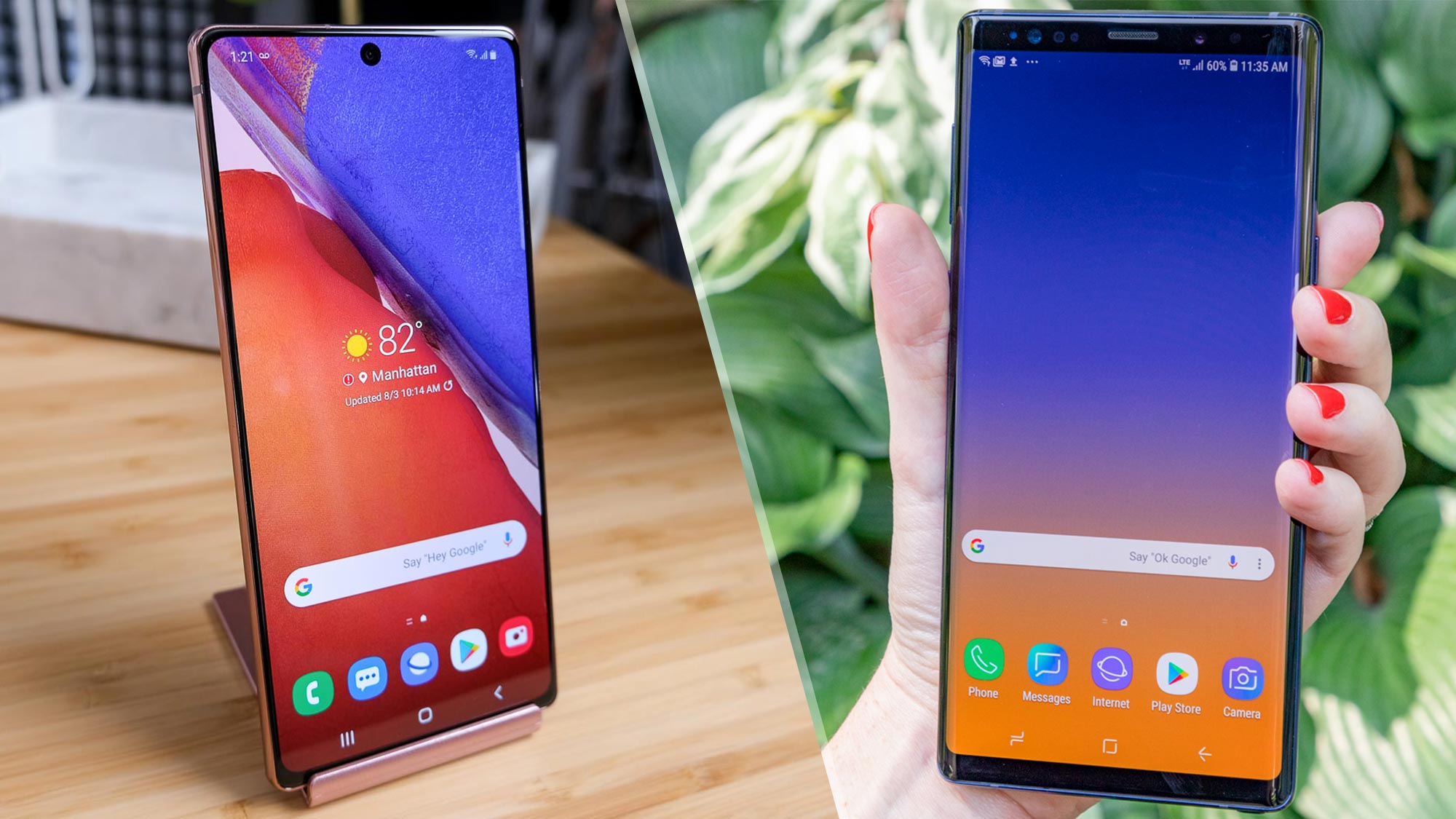
With the Galaxy Note 20 and Note 20 Ultra, Samsung has shown off just what it can do with 5G, fast-refreshing displays and powerful cameras. And it's an effort that might convince Galaxy Note 9 owners to upgrade their two-year-old phablet, as the latest models take their place among the best Samsung phones.
The upgrade-or-not decision isn't a clear cut one. We're holding on to smartphones for longer stretches of time these days, and the prices on Samsung's new phones — the Galaxy Note 20 starts at $999 while the Ultra commands a four-figure price — may convince Note 9 users that their still serviceable phones have more life in them.
- Samsung Galaxy Tab S7 and S7 Plus review (hands on)
- How to pre-order the Galaxy Note 20
- Galaxy Note 20 Ultra vs. Galaxy Note 20: Which should you buy?
But Samsung has definitely improved upon its 2018 phablets with the latest Galaxy Note models. In this Galaxy Note 20 vs. Galaxy Note 9 comparison, we'll look at what's changed for Samsung's phablets and whether the new features are worth the cost of an upgrade.
Samsung Galaxy Note 20 vs. Galaxy Note 9 specs
| Row 0 - Cell 0 | Galaxy Note 20 | Galaxy Note 20 Ultra | Galaxy Note 9 |
| Screen size (Resolution) | 6.7 inches (2400 x 1080) | 6.9 inches (3088 x 1444; 120Hz) | 6.4 inches (2960 x 1440) |
| CPU | Snapdragon 865 Plus | Snapdragon 865 Plus | Snapdragon 845 |
| RAM | 8GB | 12GB | 6GB |
| Storage | 128GB | 128GB, 512GB | 128GB, 512GB |
| microSD? | No | Yes | Yes |
| Rear cameras | 12MP main, 64MP telephoto, 12MP ultra wide angle | 108MP main, 12MP telephoto, 12MP ultrawide, laser focus sensor | Dual 12MP |
| Front camera | 10MP | 10MP | 8MP |
| Battery size | 4,300 mAh | 4,500 mAh | 4,000 mAh |
| Size | 6.36 x 2.96 x 0.32 inches | 6.48 x 3.04 x 0.32 inches | 6.3 x 3 x 0.34 inches |
| Weight | 6.84 ounces | 7.33 ounces | 7.1 ounches |
Samsung Galaxy Note 20 vs. Galaxy Note 9 prices
If you bought a Galaxy Note 9 when that phone first debuted in 2018, you would have paid $999 for a 6GB model with 128GB of storage. Your phone would just about be paid off now if you bought that phone on an installment plan.
The Galaxy Note 20 costs that same $999, but this time you're getting a phone with 8GB of memory and 128GB of on-board storage. (There's no microSD slot on the Note 20 like there was on the Note 9.) Upgrade to the Note 20 Ultra, and you're looking at a $1,299 phone with 128GB of storage. Increasing the on-board capacity to 512GB will set you back $1,449.
The Galaxy Note 20 and Note 20 Ultra is available now, and Samsung is offering up to $500 off its new flagships with the trade in of an eligible device. The manufacturer also offers a special financing option for both phones. For the cheaper Note 20, customers can pay $25 a month for 20 months, totaling $500. If the phone remains in good condition after that point, Samsung will buy the device back for what is still owed on it, essentially allowing you to only pay $500 for the phone for a less-than two-year term.
Galaxy Note 20 vs. Galaxy Note 9 design and displays
The Note 9 came in just a single model with a 6.4-inch AMOLED screen. For the Note 20, Samsung lets you choose between two sizes. The standard Note 20 features a 6.7-inch AMOLED panel, and if that's not big enough, the Note 20 Ultra increases the display size to 6.9 inches.
Get instant access to breaking news, the hottest reviews, great deals and helpful tips.
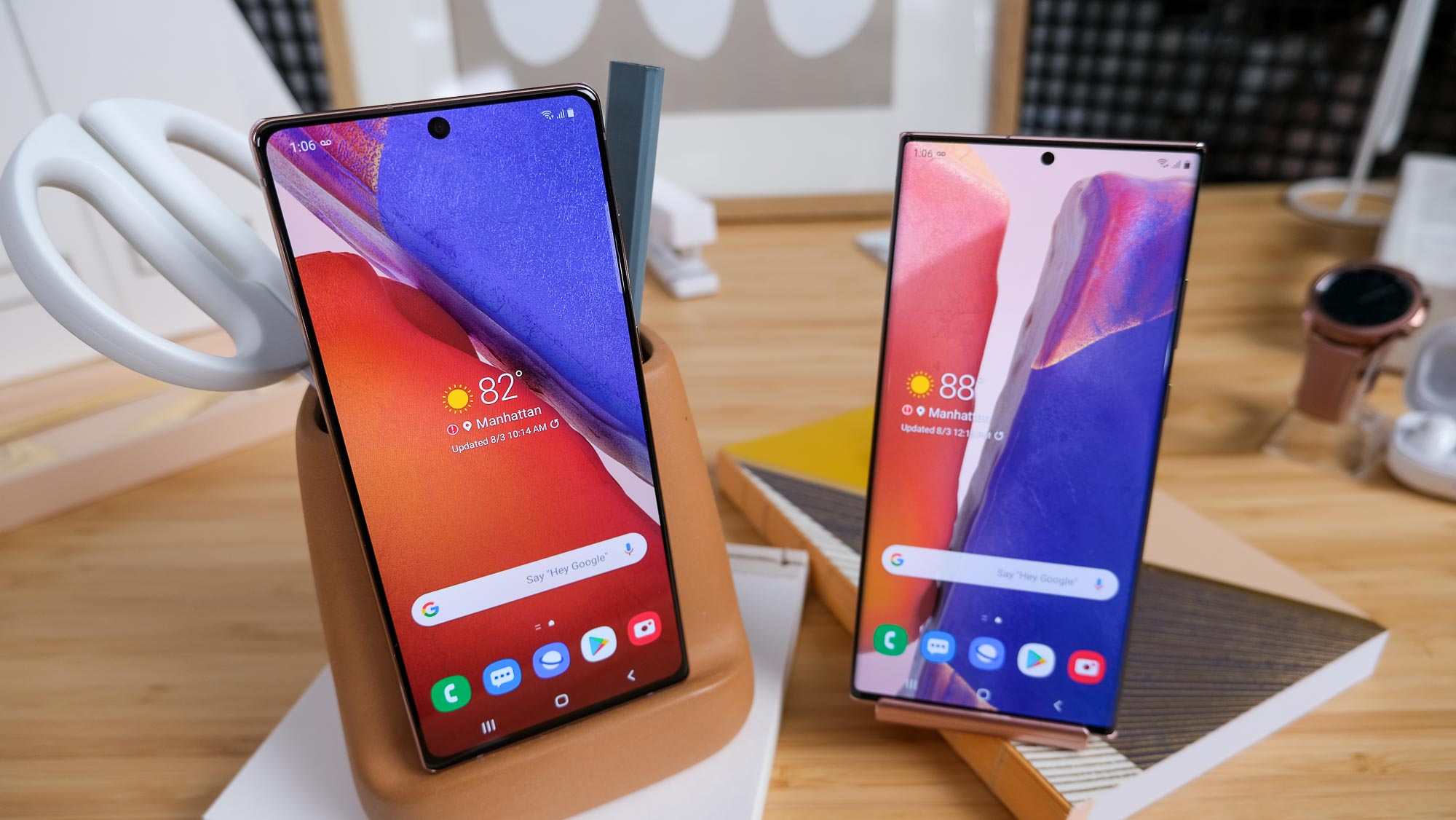
The Note 20 may cost the same as the Note 9, but Samsung has used decidedly cheaper materials on its new phablet. The Note 20 features a plastic body, albeit one that's designed to look and feel like glass. The illusion might hold up at first glance, but use the Note 20 on a regular basis, and you'll likely notice it's not built from the same materials as the Note 9. The Note 20 Ultra, in contrast, lives up to its high-end price tag, with a matte-etched slab of glass on the back bordered by a gleaming metallic frame.
The Note 20 feels like a step back from the Note 9 in another way. Samsung's older phones boast a resolution of 2960 x 1440. The Note 20 makes do with Full HD resolution, while the Note 20 Ultra sports the sharper screen with Quad HD resolution. That Note 20 Ultra screen also boasts a dynamic 120Hz refresh rate that adjusts depending on what kind of activity you're doing with your phone. You won't find that faster refresh rate on the Galaxy Note 9, so scrolling won't be as smooth and supported games won't be as immersive. Then again, the Galaxy Note 20 doesn't support that feature either.
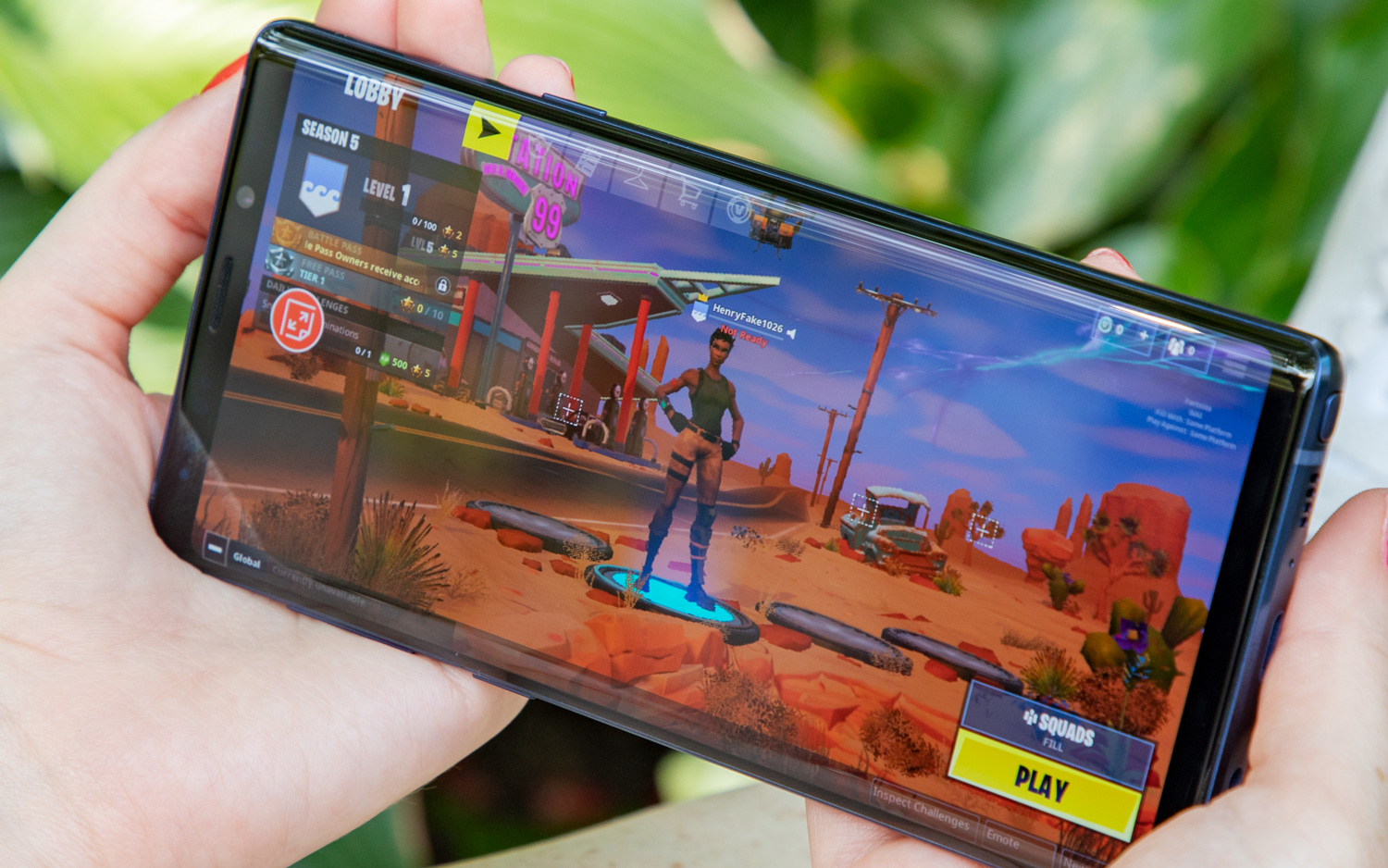
Both the Galaxy Note 20 and Note 20 Ultra use a punch-hole cutout to house their lone front camera which allows Samsung to shrink the bezels on those two new phones. The Galaxy Note 9 predates Samsung's switch to Infinity O displays, so you'll still get a noticeable bezel at the top and bottom of the display. The Note 9 also features a fingerprint reader on the back of the phone instead of embedding the sensor underneath the display, as Samsung did with the Note 20 and Note 20 Plus.
In terms of brightness and colors, the Note 20 Ultra reaches a peak of 662 nits and can render 201% of the sRGB spectrum in its default Vivid configuration. The Note 9 hits 604 nits and achieves 224%. The latter figure is higher, but then the Note 9's hues are comparatively less accurate, with the older phone delivering a Delta-E score of 0.34, compared to the Note 20 Ultra's 0.24 result. (Numbers closer to zero in the Delta-E test are better.)
Samsung Galaxy Note 20 vs. Galaxy Note 9 cameras
Remember when two cameras on the back of a phone was the height of luxury? If you're still using the Galaxy Note 9, you surely do as that handset uses a pair of 12-megapixel shooters to handle mobile photography. Things have gotten more sophisticated with the new crop of Galaxy Note phones, as both of the latest models offer at least a trio of sensors.

The Note 20 Ultra has the more elaborate camera array of the pair, highlighted by its 108MP main shooter. A 12MP ultra wide camera and 12MP telephoto lens capable of supporting a 5x optical zoom completes the trio of cameras, while a laser autofocus sensor should improve the phone's ability to quickly focus on shots. The standard Note 20 features a 12MP main lens, 12MP ultra wide camera and 64MP telephoto lens with 3x lossless zoom.
While these camera specs are reminiscent of what Samsung offered with this spring's Galaxy S20 phones, for Note 9 users, this will be a big upgrade in what their phones can shoot. Throw in the Note 20 Ultra's ability to shoot 8K video in a 21:9 aspect ratio at up to 24 frames per second, and the cameras are a decided upgrade over what Samsung's phablet offered just two years ago.
Up front, both the Note 20 and Note 20 Ultra feature a 10MP selfie cam. That's more megapixels than the 8MP shooter on the front of the Note 9.




Now that we've had a chance to evaluate the Note 20 Ultra's camera performance, we can confirm that it is capable of some of the finest photography you'll find in any phone. It's clear to see judging from the gallery above that Samsung has successfully stamped out the Galaxy S20 Ultra's focusing gremlins with the Note 20 Ultra's new laser autofocus system, allowing you to extract incredible results from that 108MP main sensor. And the Note 20 Ultra's folded 5x optical zoom lens lets you pull closely into subjects no matter the distance. It's a new benchmark for mobile photography, and certainly an area where Samsung has made massive strides in the last two years.
Samsung Galaxy Note 20 vs. Galaxy Note 9 performance
Performance is another department where the latest Notes figure to outshine 2018's phablet. The Galaxy Note 9 featured a Snapdragon 845 processor, and while that was the best available system-on-chip for Android phones at the time, chip maker Qualcomm has come a long way in terms of power and efficiency.
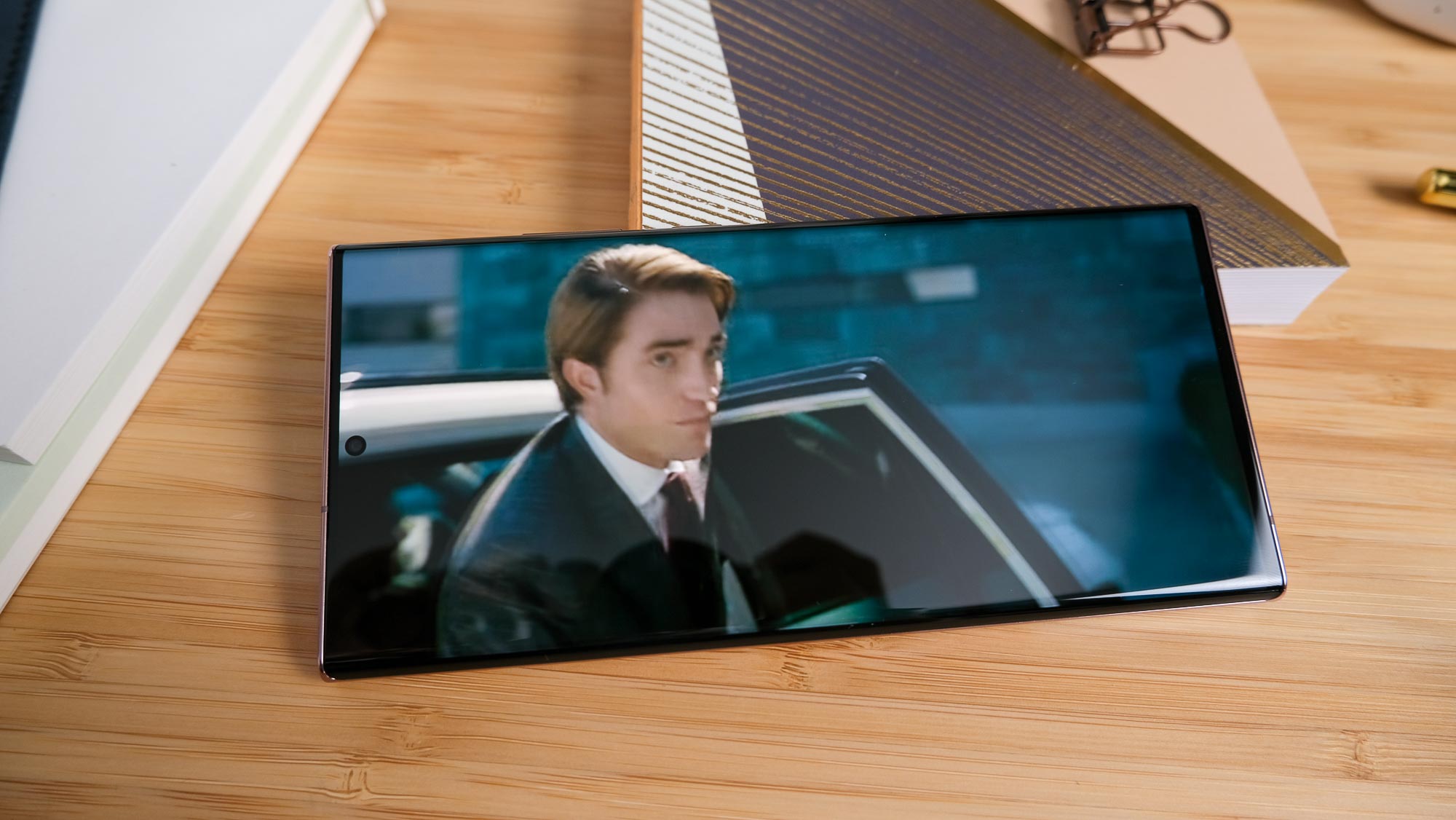
The result is the Snapdragon 865 Plus, which powers both the Galaxy Note 20 and Note 20 Ultra. Benchmark scores for the Snapdragon 865 Plus don't quite match the best-in-class performance you get from the A13 Bionic chip used in Apple's current iPhones, but it's the closest a Snapdragon mobile processor has come to matching Apple's silicon. If you upgrade from the Galaxy Note 9, you'll definitely notice more processing power with the Note 20 and Note 20 Ultra.
Looking at the numbers, the Galaxy Note 20 Ultra totals 3,294 points in the system-wide Geekbench 5 test. This test wasn't available when the Note 9 launched two years ago, though it's safe to say the Snapdragon 845 in that device isn't striking anywhere close to that result, considering even ordinary 865-powered phones, like the Galaxy S20 Ultra, only reached 3,076 points.
You'll also be able to connect to 5G networks with the Galaxy Note 20 models, something that simply wasn't possible with the Galaxy Note 9. The Snapdragon 865 Plus ships with a 5G-capable modem, and the Note 20 models support all flavors of 5G, so expect faster data speeds if you live in an area with 5G coverage.
Galaxy Note 9 owners will notice more restrictive storage, at least if you go with the smaller Note 20. Unlike both the Note 9 and Note 20 Ultra, there's no microSD slot on the Note 20. So the 128GB of onboard storage in that phone's only configuration better be good enough for your needs.
Samsung Galaxy Note 20 vs. Galaxy Note 9 S Pen
The Galaxy Note 9 saw one of the most significant changes to the S Pen that comes with Samsung's phablet, as Samsung added Bluetooth connectivity to the stylus. That enabled Note users to turn the S Pen into a remote control that could snap pictures, run presentations and control music playback. Subsequent S Pen updates added support for air gestures.
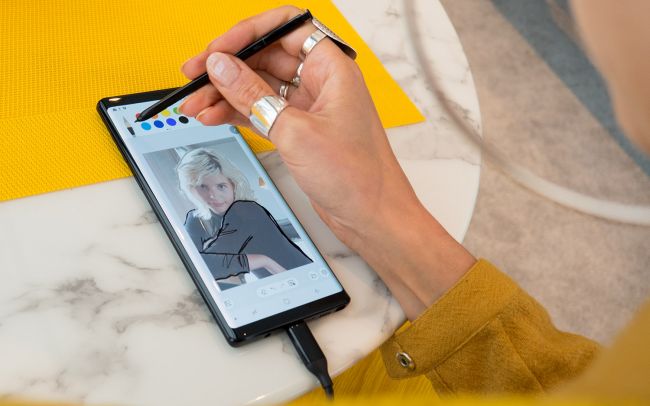
The Galaxy Note 20 continues that trend, offering new Anywhere Actions that let you use the stylus to return to the home screen, take a screenshot and go back to a recent app, among other commands. The more significant change to the S Pen is that it's more responsive. The Note 20 Ultra reaps the biggest gain here with latency of just 9ms. But even the Note 20 enjoys faster response time as the 26ms latency is an improvement of 40% over last year's Galaxy Note 10.
Starting with the Note 20, users are now able to highlight written or typed notes with the S Pen to append audio recordings — a feature we imagine will be extremely handy in meetings or lectures. This feature will eventually come to the Note 10 in a software update, though there's no word on whether or not it'll make it as far back as the Note 9. In addition, and although it doesn't pertain strictly to the S Pen, the Note 20 adds wireless support for DeX mode via Miracast. That means you don't need a cable or dock to connected to an external display to use your phone in a more desktop-style context, as you do with the Note 9.
Samsung Galaxy Note 20 vs. Galaxy Note 9 battery
The Galaxy Note 9 featured a 4,000 mAh that allowed it to last a very long time on a charge. The Note 20 and Note 20 Ultra use even bigger batteries — 4,300 mAh and 4,500 mAh, respectively.
The trouble with battery technology is that even as phones receive larger capacity power packs, the demands on them increase in kind. The new Notes have much larger displays with faster refresh rates (depending on the model you choose), 5G connectivity and higher peak clock speeds.
It's for this reason that the Note 9 actually lasted an hour longer in our custom battery test compared to the Note 20 Ultra — 11 hours and 26 minutes for the older phone, compared to 10 hours and 26 minutes on the newer one.
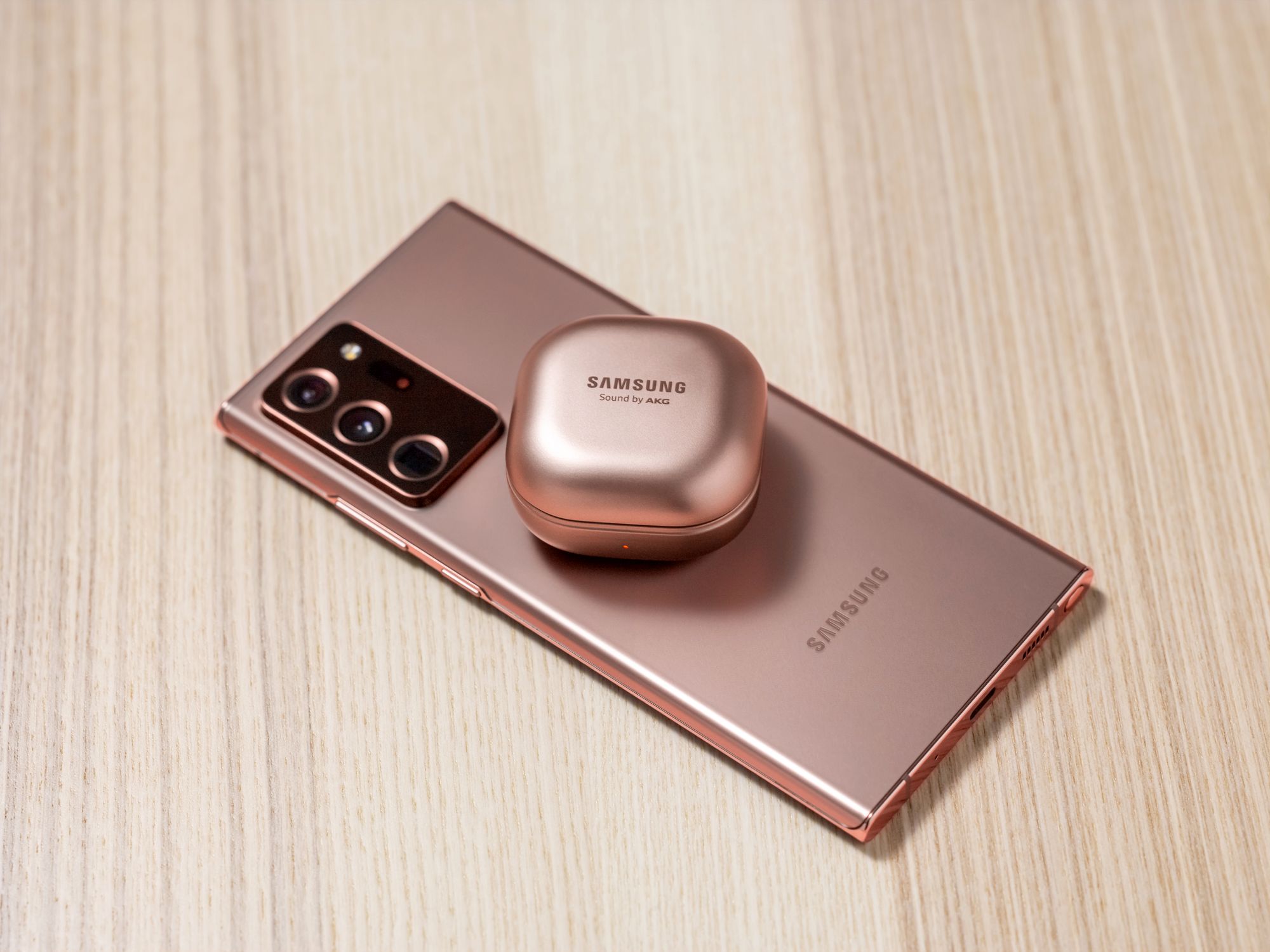
While overall battery life hasn't really changed for the better, Samsung has definitely stepped up its fast charging game since the Galaxy Note 9 came out. While that phone featured 15W charging, you now get a 25W charger with the new Galaxy Note models. In the case of the Galaxy Note 20, Samsung has promised that you can get a drained battery up to 50% in half-an-hour. Indeed, our Galaxy Note 20 Ultra review unit reached 56% from empty in just 30 minutes.
The Galaxy Note 20 and Note 10 Ultra also feature Wireless Power Share, allowing you to wirelessly recharge other devices and accessories like a pair of Galaxy Buds, by placing them on the back of your phone. The Note 9 certainly can't do that.
Samsung Galaxy Note 20 vs. Galaxy Note 9 verdict
Two years is a lifetime in the world of smartphones, so the Galaxy Note 20 and Note 20 Ultra are going to have some obvious improvements over the Galaxy Note 9. The new phones have a faster processor, more cameras, bigger batteries and larger displays. In the case of the Note 20 Ultra, you'll even get a faster refresh rate for a more immersive experience.
If your Note 9 is beginning to feel as though it's overstayed its welcome, performing slower and last fewer hours in between charges, it's worth considering replacing it with either the Note 20 or Note 20 Ultra — especially if you can save on a trade-in offer.
But even then, there's a decision to be made. The Note 20 might seem like a step back to some Note 9 owners, with its plastic build and lower-resolution screen despite its more powerful internals. On the other side of the equation, the Note 20 Ultra indeed packs many substantial improvements and thus feels like a true generational leap over the Note 9, but carries a very steep price, too. Ultimately, it comes down to what you're really looking for from an upgrade, and how much cash you're comfortable parting with in the process.
Philip Michaels is a Managing Editor at Tom's Guide. He's been covering personal technology since 1999 and was in the building when Steve Jobs showed off the iPhone for the first time. He's been evaluating smartphones since that first iPhone debuted in 2007, and he's been following phone carriers and smartphone plans since 2015. He has strong opinions about Apple, the Oakland Athletics, old movies and proper butchery techniques. Follow him at @PhilipMichaels.

